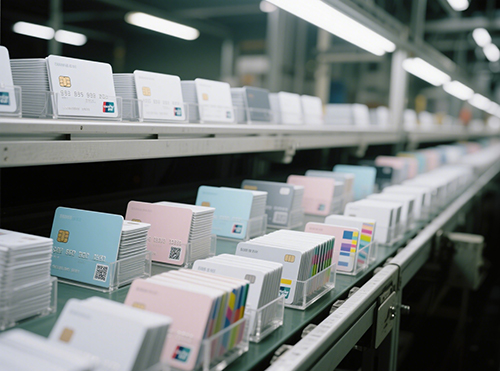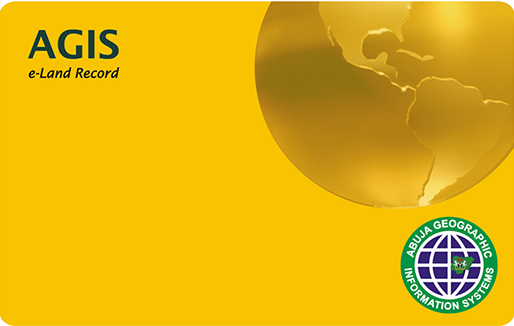Hot News
-
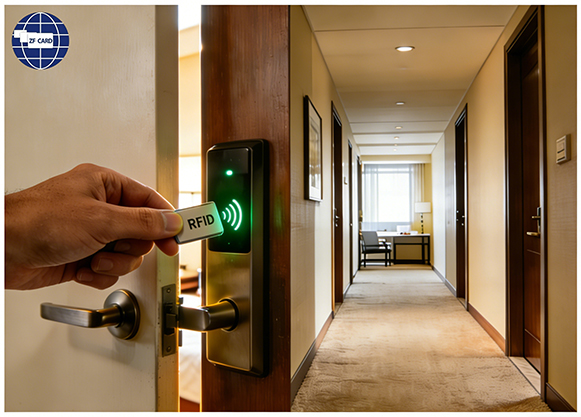 Enhance the hotel customer experience with radio frequency identification tags Dec 08,2025
Enhance the hotel customer experience with radio frequency identification tags Dec 08,2025 -
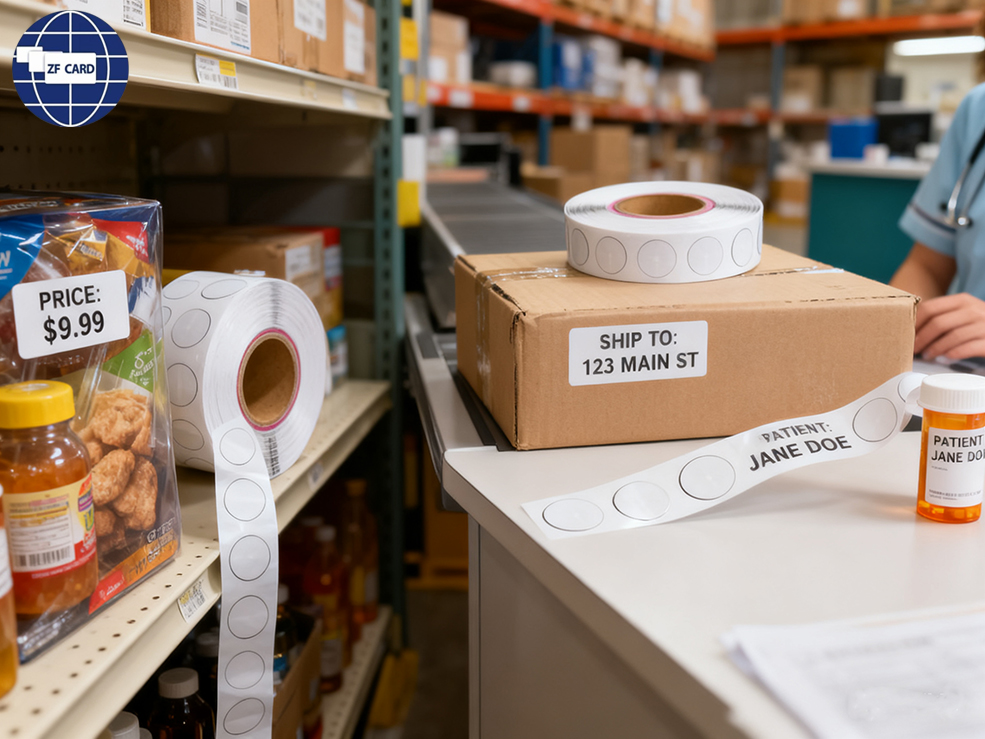 Redefining Contactless Business Interactions Dec 03,2025
Redefining Contactless Business Interactions Dec 03,2025 -
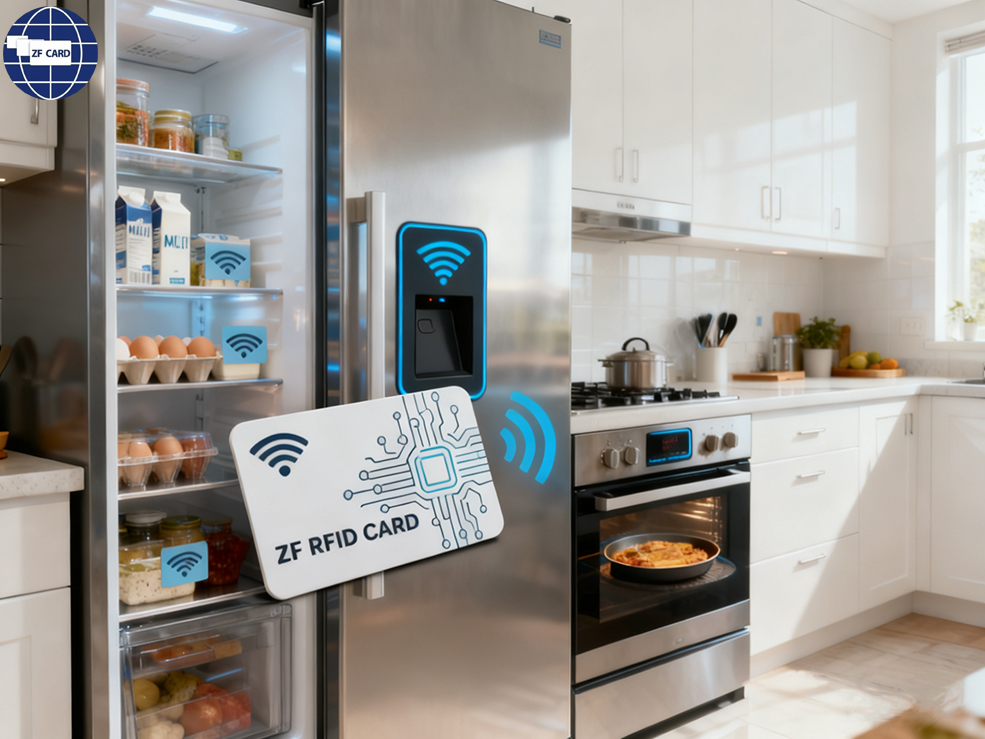 RFID Cards: Revolutionizing the Smart Home Appliance Experience Dec 03,2025
RFID Cards: Revolutionizing the Smart Home Appliance Experience Dec 03,2025 -
 Cost-Efficiency Approaches for Customized Room Keys in Mid-Sized and Small-Scale Hotels Dec 01,2025
Cost-Efficiency Approaches for Customized Room Keys in Mid-Sized and Small-Scale Hotels Dec 01,2025
The secret of smart card materials: Who is your dish?
Choosing materials for smart cards is like choosing a case for your phone - it must be both good-looking and durable! Today we will take a look at the "five permanent guests" in the smart card industry: PVC, PC, transparent PVC, ABS, and PET. Let's see what their skills are and help you choose the right one~
1. PVC (polyvinyl chloride) - the classic "unique oil", the king of cost-effectiveness
PVC is the "big brother" in the smart card industry and accounts for most of the market! It is affordable and flexible, and can easily press out various card surface patterns (such as matte and hot stamping), and has excellent compatibility with chips and coils, which is almost suitable for all conventional smart card functions (access control, membership, campus cards, etc.). However, it has a small disadvantage: it may become brittle in long-term exposure to the sun or in high temperatures (but it is absolutely fine to use indoors normally). Suitable for scenarios with limited budget and pursuit of practicality, such as community access control cards and ordinary membership cards.
2. PC (polycarbonate) - hardcore "protective shield", the king of anti-fall
PC materials can be called the "Iron Man" in smart cards - they are extremely hard and have more than 3 times the impact resistance of PVC! Even if you accidentally fall to the ground or get scratched by a key, it will not easily crack or wear. Moreover, it has good transparency and the clamp surface it makes is brighter, suitable for scenarios with high requirements for durability. However, PC is a bit "super": the processing is slightly more difficult and the cost is higher than that of PVC. Suitable for scenarios that often fall and require high durability, such as student ID, factory license, and outdoor worker ID card.
3. Transparent PVC - "responsible" appearance, cool visual card
Transparent PVC is a "high-value variant" of PVC, and its biggest feature is - transparent! It can directly expose the chips, coils and even decorative layers in the card (such as luminous patterns and photos), making them into a "transparent" or "fully transparent" effect, which is especially suitable for making cool visual cards (such as bank flash payment cards and brand co-branded cards). However, transparent materials require higher printing requirements (for example, the ink should be selected with good light translucency), otherwise the pattern will easily cause fog. Creative cards that pursue a sense of design and need to display internal structure, such as gift cards and member rights visual cards.
4. ABS (acrylonitrile-butadiene-styrene) - a balanced "little expert", both hard and soft
ABS is a flat replacement version of the "Hexagon Warrior" - it is a little harder than PVC and softer than PC. It has good impact resistance and is not too brittle; the surface is smooth, the printing effect is good, and it is resistant to chemical corrosion (such as not afraid of alcohol or detergent). But it also has small shortcomings: it may deform slightly in long-term high temperatures (such as car cards exposed to the sun in summer). Suitable for scenarios that require a certain intensity but do not want to be too expensive, such as in-car membership cards and short-distance logistics tag cards.
5. PET (polyethylene terephthalate) - thin and light "environmental" style, durable and transparent
PET is the "environmental top student" in smart cards - the material is thin, but it is very tough, resistant to high temperatures (can withstand above 100℃), low temperatures (not brittle in -20℃), and resistant to ultraviolet rays. It is not easy to fade or turn yellow when used outdoors for a long time. It is often used to make transparent cards (such as transparent ID cards with chips) or scenes that require high transparency. It is brightly colored and not easy to fall off after printing. However, PET is slightly weak when used as a card body alone (usually combined with PVC). Suitable for scenarios with high requirements for weather resistance, such as outdoor equipment identification cards and transparent employee cards for long-term use.
How to choose? Remember this "decision table"!

Choosing smart card materials is actually choosing the "partner that best suits your needs". If you are still struggling, please feel free to contact us to help you match the best solution!
-
 Design your card for free
Get Free Design
Design your card for free
Get Free Design -
 Free Sample Cards
Get Free Sample
Free Sample Cards
Get Free Sample -
 24 hours online service
Contact Us
24 hours online service
Contact Us-
Office Phone
+86 189-3398-5004
-
E-mail
mailto:Mary@zfcards.com
-
Office Phone
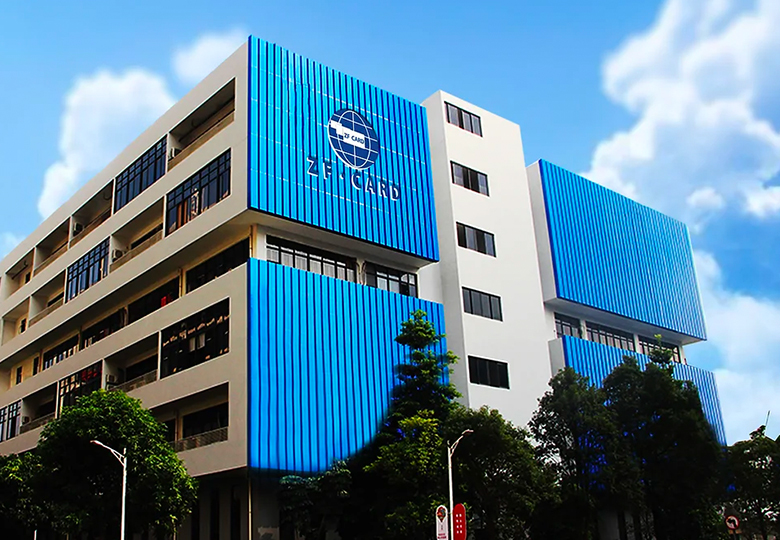
 English
English Russian
Russian French
French Spanish
Spanish Portuguese
Portuguese Italian
Italian Arabic
Arabic German
German

